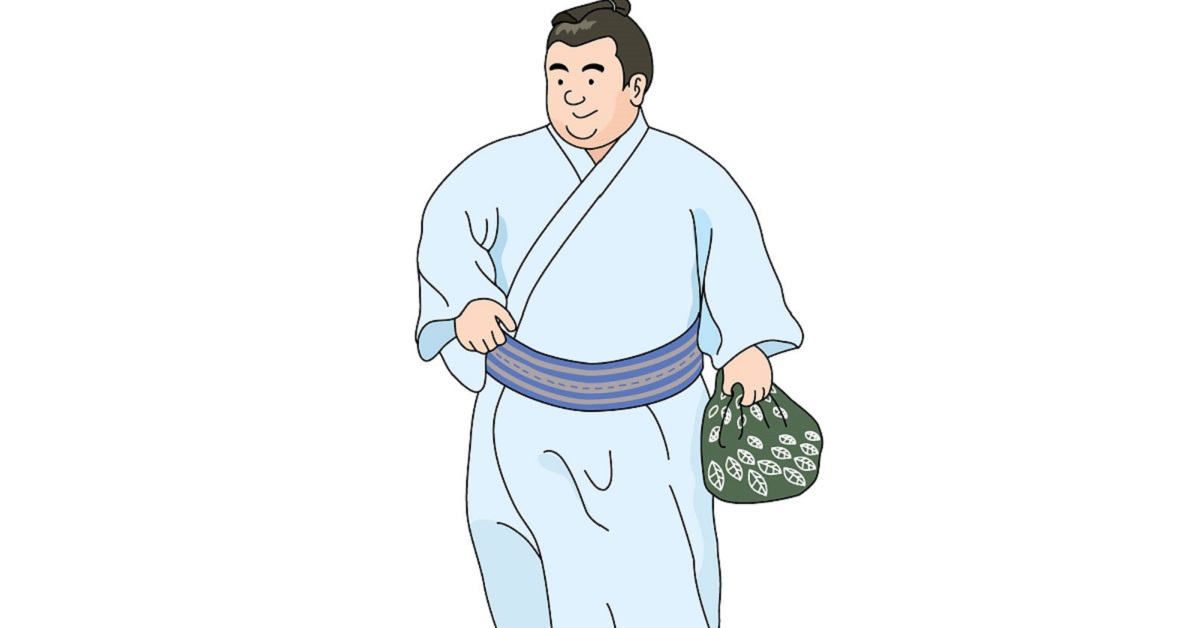Sumo is not only about physical power—it is a sport rich in tradition and culture. One of the most visually striking aspects is the traditional clothing worn by the wrestlers. Each rank has specific attire, governed by long-standing customs. Understanding these differences helps viewers appreciate the hierarchy and discipline that define sumo.
What Are the Outfits Worn by Sumo Wrestlers?
Types of Attire Depending on Occasion and Setting
In the world of sumo, strict rules apply to the attire worn by wrestlers. These garments are not just for covering the body but are vital elements that reflect decorum and status. Different types of attire are used for training, daily outings, and official ceremonies. Moreover, the wrestler’s rank determines what fabric, patterns, and decorations are allowed. For instance, during training, breathable practice loincloths are used. For going out, yukata or haori are worn depending on the season or event. Higher-ranked wrestlers often wear silk or high-quality cotton garments that symbolize their prestige.
| Occasion | Type of Attire |
|---|---|
| Training | Practice mawashi |
| Daily Life | Yukata, informal kimono (kiru-kimono) |
| Outings | Montsuki, formal haori and hakama |
| Ceremonies | Colored or black montsuki, kesho-mawashi |
In this way, attire is not just clothing but also a reflection of the spirit and tradition of sumo.
Differences in Attire Based on Rank
Hierarchy and Clothing Regulations
Sumo rankings are clearly divided into ten levels, from Yokozuna at the top to Jonokuchi at the bottom. These ranks come with strictly defined attire rules. Lower-ranked wrestlers mostly wear modest yukata, but upon reaching the sekitori level (Juryo and above), they are permitted to wear montsuki and haori. Those ranked in the Makuuchi division must wear more formal attire during tournaments and rituals, including black montsuki or colorful ones. Yokozuna, the highest rank, wears distinctive white ceremonial robes and kesho-mawashi to represent their elite status.
| Rank | Permitted Attire | Characteristics |
|---|---|---|
| Yokozuna | White robes, black montsuki | Symbol of ultimate prestige |
| Ozeki | Haori-hakama, black montsuki | Emphasis on public dignity |
| Sekiwake/Komusubi | Montsuki-hakama | Acceptable for formal functions |
| Maegashira | Colored montsuki, haori | Allows personal style |
| Juryo | Yukata, montsuki | Shows responsibility of a sekitori |
| Below Juryo | Yukata, sash | Simple and humble attire |
As a wrestler climbs the ranks, so too does the formality and richness of their attire—serving as a badge of honor.
Elegance and Authority in Top Wrestlers’ Attire
Luxury of Kesho-Mawashi and Obi Belts
Wrestlers ranked in the top division are allowed greater freedom in expressing individuality through attire. The most iconic example is the kesho-mawashi, an elaborately embroidered ceremonial apron worn during ring-entrance ceremonies. Often gifted by supporters, it reflects both the popularity and personal identity of the wrestler. Designs may feature symbols, regional pride, or personal emblems. Obi belts and haori made from Hakata-ori or Nishijin-ori textiles add further elegance. This differs greatly from the cotton sashes worn by lower ranks.
| Item | Top-Ranked Wrestlers | Lower-Ranked Wrestlers |
|---|---|---|
| Kesho-mawashi | Gold-thread embroidery, custom | Not permitted |
| Obi belt | Hakata-ori, brocade | Simple cotton sash |
| Haori | Silk, free color/design | Black montsuki or yukata |
These garments are not mere decoration but serve as means of wearing status and pride.
Seasonal Elegance and Aesthetic Sensibility
Adapting Fabric and Color to the Season
Attire in sumo also reflects an appreciation for the seasons. In summer, lightweight cotton or linen is worn, often in cool colors like white or pale blue. Winter attire includes wool or heavy silk, with deeper tones such as black or crimson. Higher-ranked wrestlers often take care in coordinating their attire with the season, showcasing their awareness of tradition and aesthetics.
| Season | Material | Color Tendencies |
|---|---|---|
| Spring | Cotton, Ro (gauze) | Bright, light colors |
| Summer | Linen, Ro | Cool colors like white, blue |
| Autumn | Cotton, Tsumugi | Earthy tones: brown, navy |
| Winter | Silk, wool | Rich colors: red, black, purple |
Dressing appropriately for the season is considered part of a wrestler’s refinement.
Sumo Wrestlers’ Attire Through the Eyes of Foreign Tourists
A Cultural Experience in Itself
Sumo is a major cultural attraction for visitors to Japan. The sight of wrestlers in traditional Japanese attire captivates tourists, and it’s common to see people taking photos near Ryogoku Kokugikan. Many guided sumo tours now include explanations of the various types of attire and their meanings, adding educational value to the viewing experience. Through these interactions, the attire becomes a bridge between cultures, helping visitors appreciate the depth of Japanese tradition.
| Point of Interest | Description |
|---|---|
| Photo Locations | Entry gate, backstage, walkway |
| Popular Souvenirs | Kesho-mawashi-style towels, montsuki items |
| Cultural Learning | Explanation of attire by rank and occasion |
Sumo wrestlers in traditional wear are living embodiments of Japanese culture, leaving a lasting impression on all who see them.
Conclusion
A sumo wrestler’s outfit is a visual representation of their spirit, discipline, and social status. As they rise through the ranks, the garments they wear become increasingly refined and prestigious. For newcomers and tourists alike, observing the differences in attire by rank reveals the deep connection between culture and costume in sumo. Recognizing distinctions, even between a yukata and a formal montsuki, can lead to a deeper appreciation of this ancient sport. Sumo is not just about the matches, but also about the traditions that surround it—and attire is one of the most visible and meaningful parts.





コメント